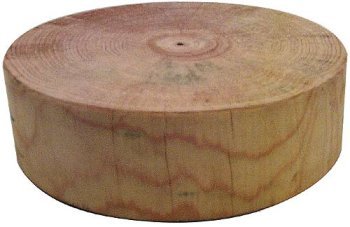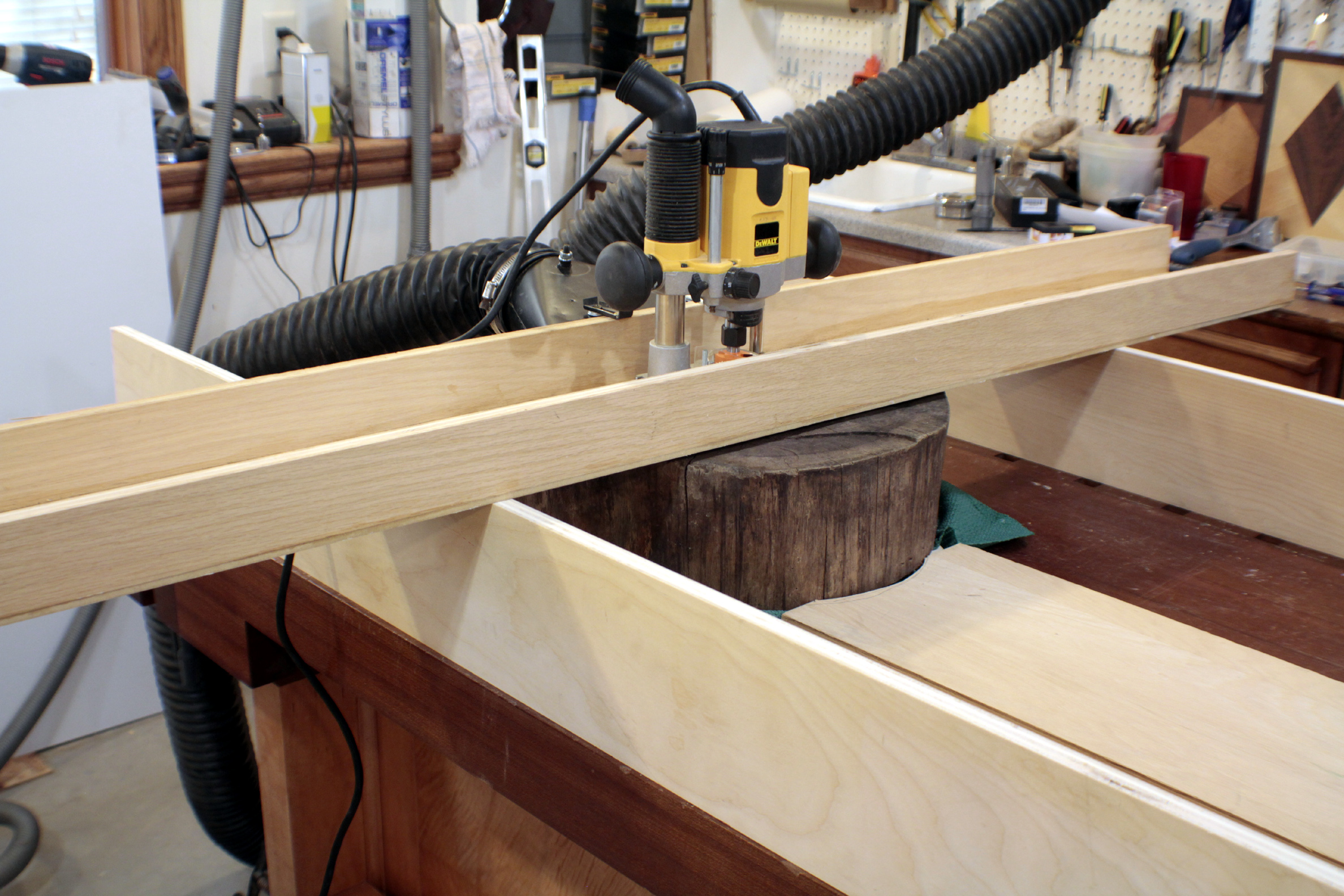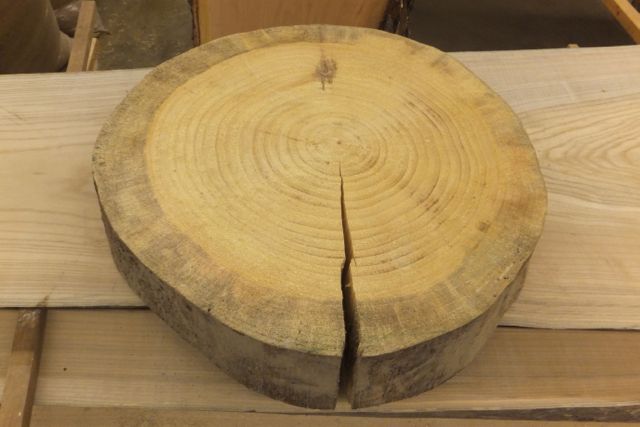I only ask because i'm the kind of guy who will take the time and effort to do something as perfect as reasonably possible, and pavers are a project that can result in an unusable eye sore or a professional looking and awesome final product. The difference between the two can be as little as 2-3 hours of extra effort.
If you appreciate video tutorials, this is the best guy I've found that talks about pavers (and retaining walls):
Some key takeaways are:
1) Use class 5 (paver base) stone at a depth of at least a few inches.
2) Don't use more than an inch of sand or you'll get blocks that lift and tilt when uneven force is applied to them (chair legs, tables, etc).
3) The longer your level the better. 4' is probably good enough, but if you can get a nice flat 8' board, that's even better.
4) Screeding seems like a pain in the ass, but it is a huge time saver. Trust me.
I've installed two retaining walls and a small paver patio. You'll feel like you're taking FOREVER doing the ground prep, but once you get to the point where you're ready to start laying down your blocks, it will go as fast as you can lift and place them. It's a lot of work, but it's very rewarding. It's even better when everything is nice and level.
Good luck!
Edit: This video is more obnoxious, but more complete in terms of all the steps and details for each step:
















